When it comes to healthy eating, nothing screams “smart choice” quite like a bowl of fresh fruit or a colorful medley of vegetables. We reach for spinach, sprinkle berries into our smoothies, and pile our plates high with vibrant produce, believing we’re doing our bodies a favor. But what if those same health-boosting foods were carrying an invisible burden—one that could quietly compromise our well-being with every bite?
Each year, the Environmental Working Group (EWG) releases its Dirty Dozen™—a list of the fruits and vegetables with the highest levels of pesticide residues based on testing from the USDA and FDA. And while the idea of “eating clean” has gone mainstream, this report reveals that what looks fresh and wholesome on the outside can conceal a cocktail of chemical contaminants beneath the surface. Even thorough washing and peeling often aren’t enough to eliminate the pesticide traces that cling to these everyday staples.
What’s especially alarming is that many of the items on this list aren’t exotic rarities—they’re the fruits and veggies we eat most often. Apples, grapes, tomatoes, and leafy greens rank high among the offenders, alongside newer additions like blackberries and potatoes. Some samples contained residues from over 20 different pesticides, including substances linked to hormone disruption, reproductive harm, and even cancer.
This doesn’t mean you should avoid fruits and vegetables altogether. But it does mean it’s worth knowing which ones come with a hidden chemical cost—and where organic options might offer real protection. Read on for the 17 produce items that topped the charts in 2025 for pesticide contamination. Some might surprise you—and some might already be in your fridge.
1. Spinach’s Chemical Burden
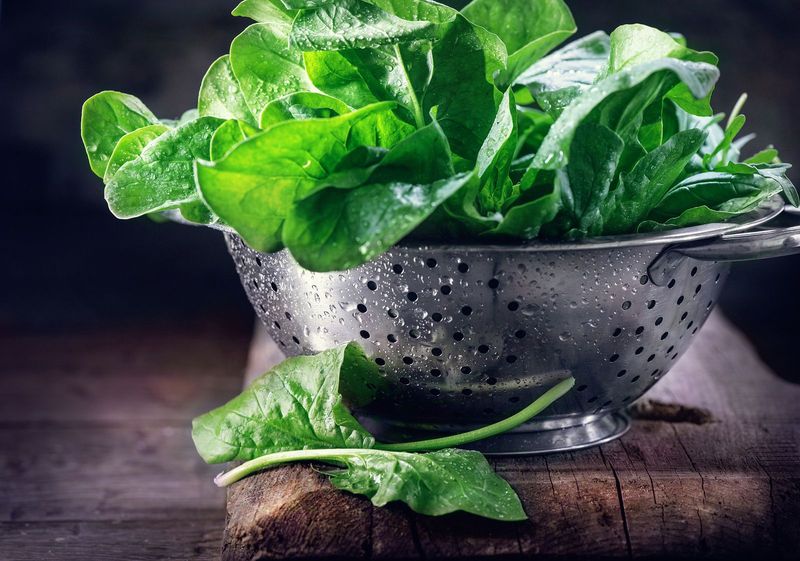
Leafy green spinach might seem like a nutritional superstar, but conventional varieties hide a toxic secret. Multiple pesticide residues cling to these crinkly leaves, with some chemicals banned in Europe but still permitted in American fields.
Laboratory tests consistently place spinach at the top of contaminated produce lists. The porous leaves absorb chemicals easily, making them difficult to remove even with thorough washing.
Pesticides commonly found include permethrin, a neurotoxic insecticide linked to ADHD symptoms in children. For safer alternatives, consider organic spinach or try growing this easy-to-cultivate vegetable at home in containers.
2. Strawberries’ Red Flag
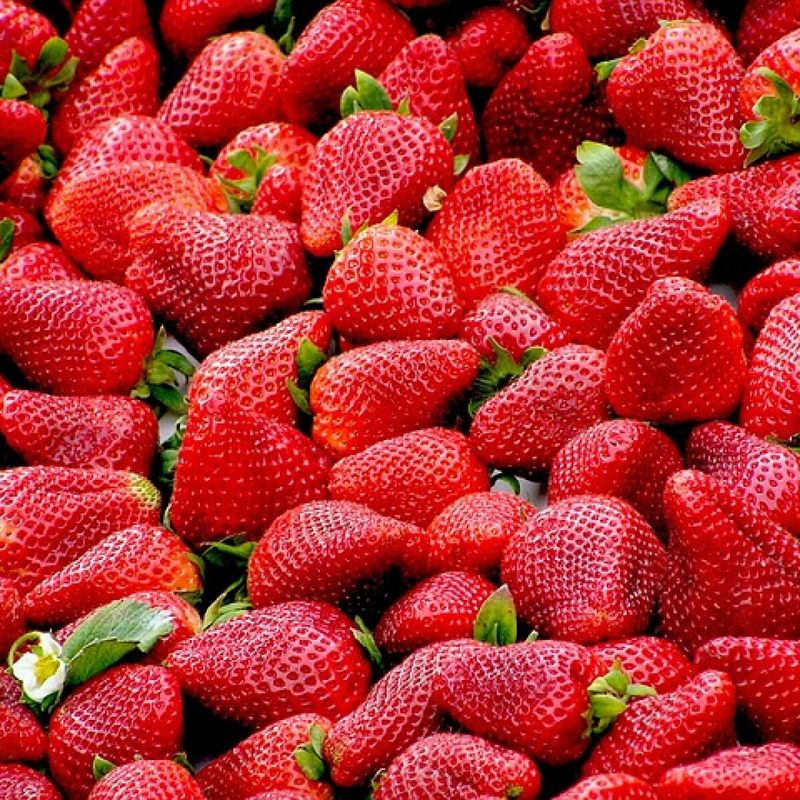
Sweet, juicy strawberries consistently rank #1 on the Dirty Dozen list for good reason. Their delicate structure and growing conditions make them magnets for pests, leading farmers to apply multiple chemical treatments throughout their growing cycle.
Laboratory testing regularly detects residues from over 20 different pesticides on conventional strawberries. The berries’ bumpy surface creates countless tiny pockets where chemicals can hide, making them nearly impossible to wash away completely.
Many of these pesticides are linked to hormone disruption, reproductive harm, and neurological problems. When strawberry cravings hit, the organic option truly justifies its higher price tag.
3. Kale’s Contamination Crisis
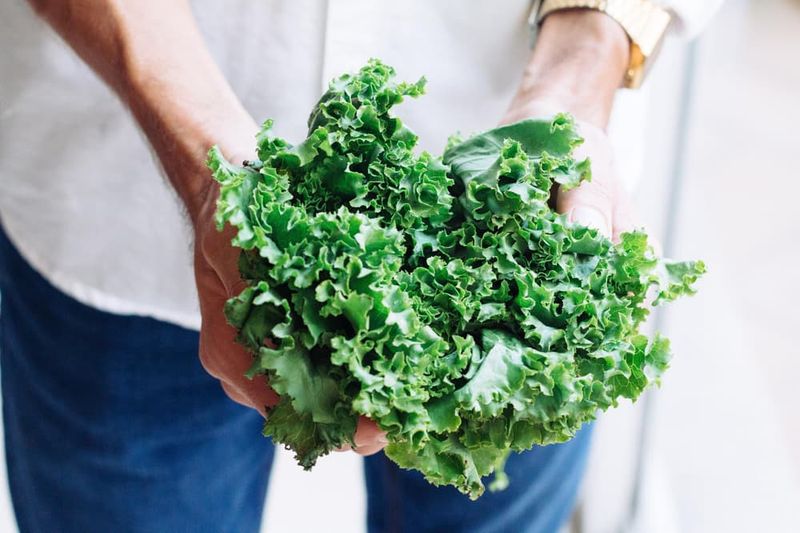
Kale’s reputation as a nutritional powerhouse has made it a smoothie and salad staple. Unfortunately, conventional kale carries a significant chemical burden, including DCPA (also known as Dacthal), a possible carcinogen banned in European countries but still used by American farmers.
The leafy vegetable’s large surface area and curly texture create numerous hiding spots for pesticide residues. Its growing conditions attract pests that farmers combat with repeated chemical applications.
Similar concerns apply to its cruciferous cousins, collard and mustard greens. When shopping for these nutritious greens, prioritize organic options or consider growing these relatively easy plants in your garden or containers.
4. Grapes’ Pesticide Problem
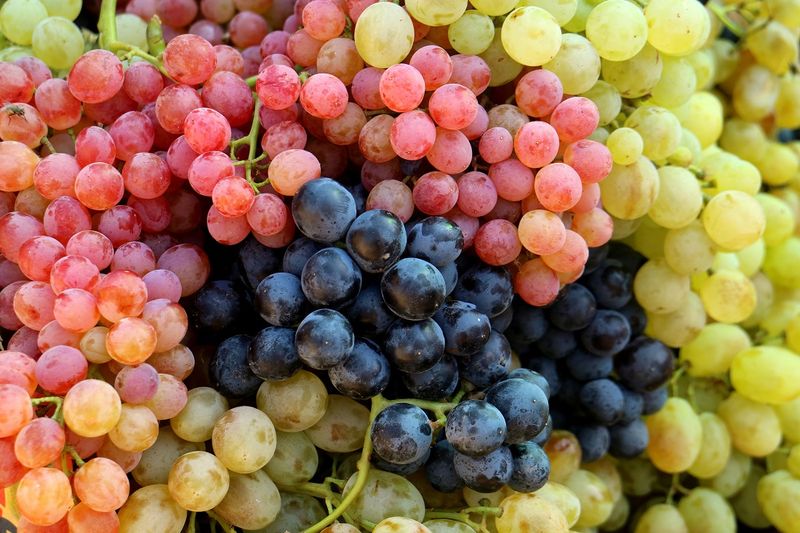
Popping grapes as a healthy snack might expose you to more than you bargained for. Conventional grapes frequently test positive for multiple pesticide residues that stubbornly remain despite washing or peeling efforts.
Vineyard management typically involves numerous chemical applications to combat fungal diseases and insect infestations. The thin skins of grapes readily absorb these substances, allowing them to penetrate deep into the fruit. Both domestic and imported varieties show concerning contamination levels.
Children especially should limit consumption of conventional grapes, as their developing bodies are more vulnerable to pesticide effects. Consider frozen organic grapes as a refreshing, safer alternative that’s often more affordable than fresh organic options.
5. Peaches’ Fuzzy Danger
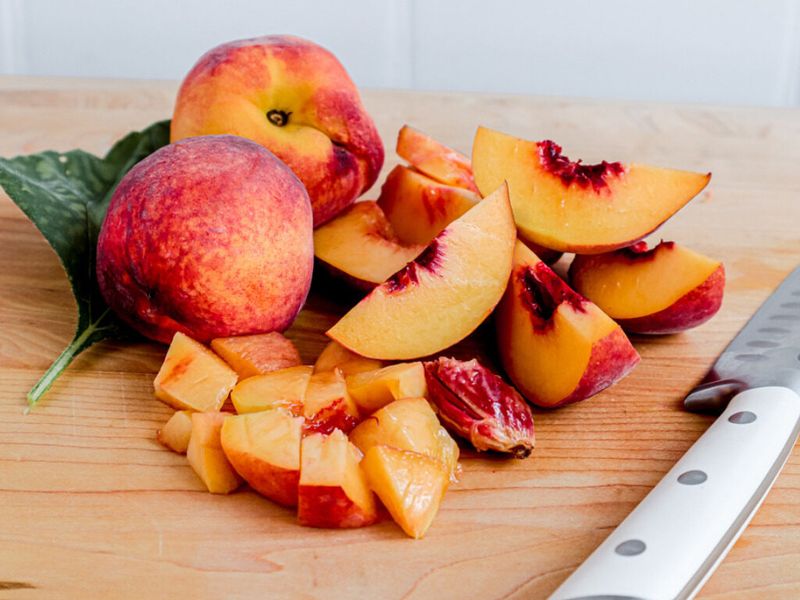
The soft, fuzzy skin that gives peaches their distinctive feel also makes them excellent pesticide sponges. This delicious summer fruit consistently ranks high on contamination lists because its fuzzy exterior traps and absorbs chemicals applied during growing seasons.
Farmers typically spray peach orchards multiple times to combat insects and fungal diseases that threaten these delicate fruits. The residues from these applications penetrate beyond the skin, making simple washing ineffective at removing all contaminants.
Some detected pesticides are linked to hormone disruption and developmental issues. For safer enjoyment, choose organic peaches or opt for frozen organic varieties, which offer similar nutritional benefits at a more affordable price point year-round.
6. Cherries’ Chemical Cocktail

Those glossy red cherries hiding in your fruit bowl might harbor an unwelcome surprise. Conventional cherry crops regularly test positive for multiple pesticide residues, including several classified as neurotoxins and hormone disruptors.
Cherry trees are particularly vulnerable to insect damage and fungal diseases. Farmers combat these threats with repeated chemical applications throughout the growing season, leaving behind residues that cling to the fruit’s thin skin and small crevices around the stem.
Washing provides only partial protection against these chemicals. The short but sweet cherry season makes organic options worth the splurge, especially for children and pregnant women who face greater risks from pesticide exposure.
7. Nectarines’ Nasty Secret
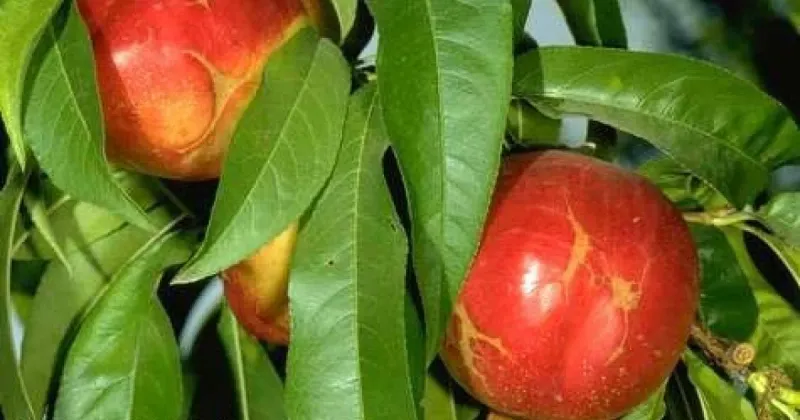
Smooth-skinned cousins to peaches, nectarines present similar pesticide concerns without the fuzzy exterior. Their thin, delicate skins offer minimal protection against the chemicals used in conventional farming, allowing pesticides to penetrate deep into the fruit.
Laboratory testing consistently finds multiple pesticide residues on nectarines. The smooth skin actually creates a perfect surface for chemicals to adhere to, making thorough cleaning nearly impossible. Many detected compounds have been linked to developmental issues and endocrine disruption.
When shopping for these summer treats, prioritize organic options or consider canned organic nectarines as a more budget-friendly alternative that still provides excellent nutrition without the chemical concerns.
8. Pears’ Persistent Pesticides
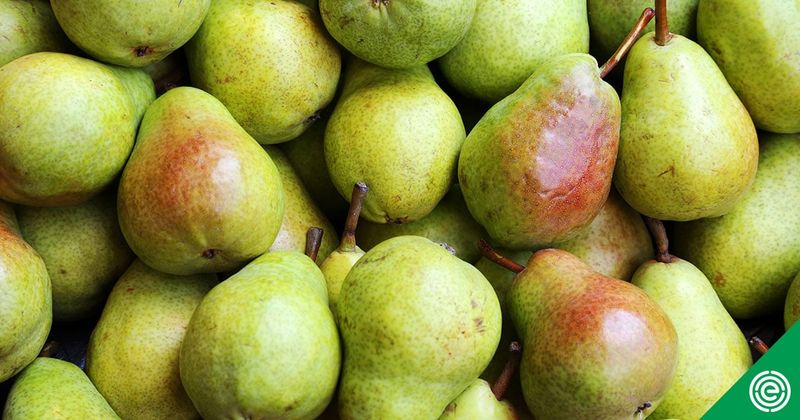
Beneath the sweet, juicy flesh of conventional pears lurks a concerning chemical reality. These popular fruits frequently receive treatments with fungicides and pesticides that stubbornly remain even after thorough washing and peeling.
The slightly grainy texture of pear skin creates numerous microscopic hiding places for chemical residues. Common pesticides detected include insect growth regulators and fungicides linked to reproductive harm.
Young children particularly love pears’ sweet taste and soft texture, making the pesticide exposure especially concerning for this vulnerable group. Organic pears offer a safer alternative, though canned organic options provide good nutrition at a lower price point when fresh organic varieties stretch your budget.
9. Apples’ Unappetizing Additives
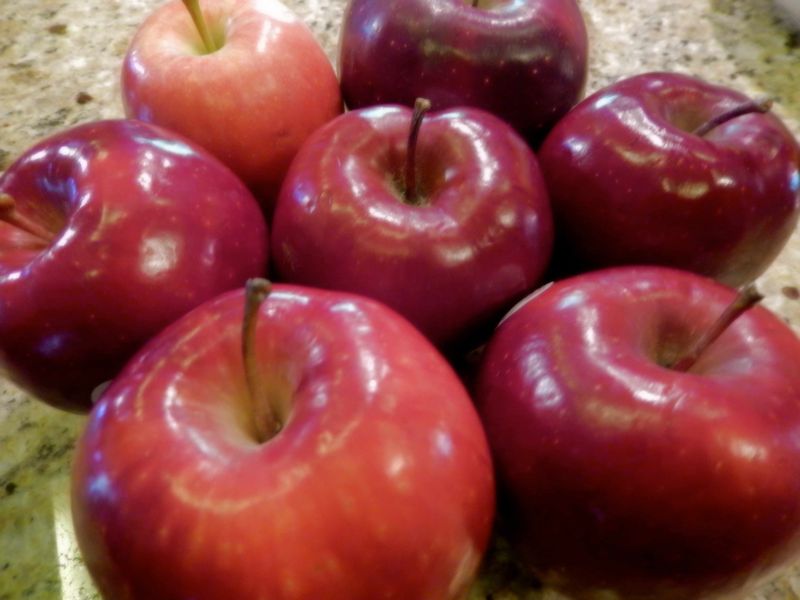
An apple a day might keep the doctor away, but conventional varieties could introduce unwanted chemicals into your diet. These popular fruits receive heavy pesticide treatments both during growing and after harvest to extend shelf life.
The waxy coating on many commercial apples can actually seal in pesticide residues, making them resistant to removal by normal washing. Even peeling doesn’t eliminate all concerns, as some chemicals penetrate into the flesh.
Diphenylamine, a post-harvest treatment banned in Europe but common in the U.S., frequently appears in testing. For children who consume apples regularly, the cumulative exposure is particularly concerning. Organic apples or organic applesauce provide safer alternatives for daily consumption.
10. Blackberries’ Dark Side
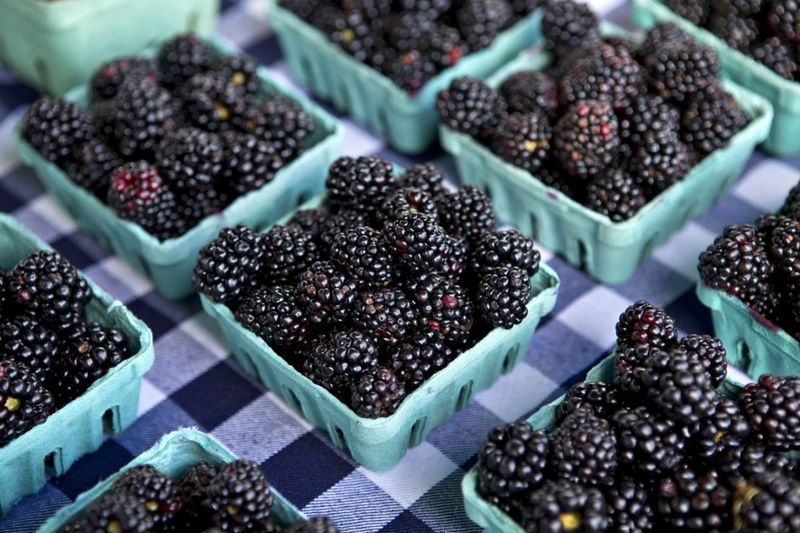
These antioxidant-rich berries hide a troubling secret beneath their bumpy exteriors. Recent testing found pesticide residues in a shocking 93% of conventional blackberry samples, with most containing an average of four different chemical compounds.
The berries’ complex structure creates countless tiny pockets where pesticides can hide, making thorough cleaning nearly impossible. Their delicate nature and susceptibility to mold and pests lead farmers to apply multiple protective chemicals throughout the growing season.
Children’s smaller bodies make them especially vulnerable to these residues. When possible, choose organic blackberries or consider frozen organic options, which are often more affordable and available year-round while maintaining their nutritional profile and reducing pesticide exposure.
11. Blueberries’ Blemished Reputation
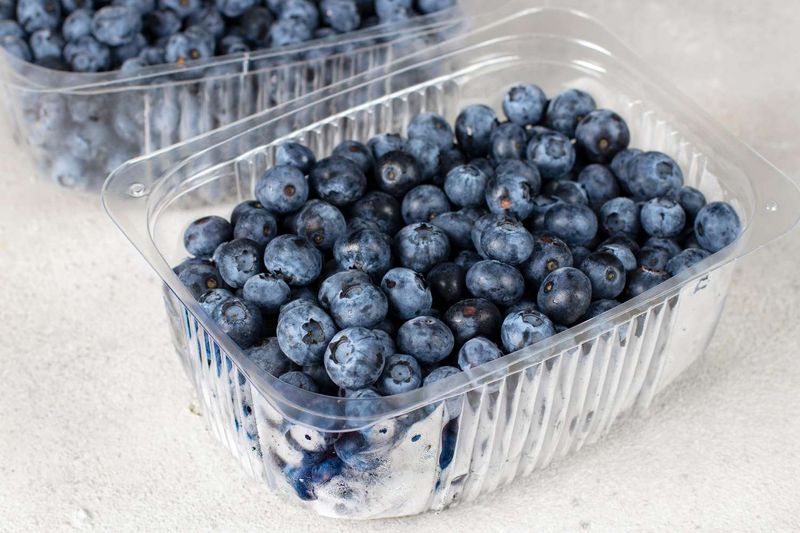
These small but mighty superfoods regularly appear on contamination lists due to concerning levels of organophosphates and other pesticides linked to neurological effects. Their growing conditions make them vulnerable to numerous pests and diseases that conventional farmers combat with chemical applications.
The bloom – that whitish coating on blueberries – can actually trap pesticide residues, making them difficult to wash away. This is particularly troubling since many parents give blueberries to young children as finger foods.
Wild blueberries typically contain fewer pesticide residues than conventionally farmed varieties. When fresh organic options strain your budget, frozen organic blueberries provide the same nutritional benefits at a more affordable price point and are available year-round.
12. Potatoes’ Underground Contamination
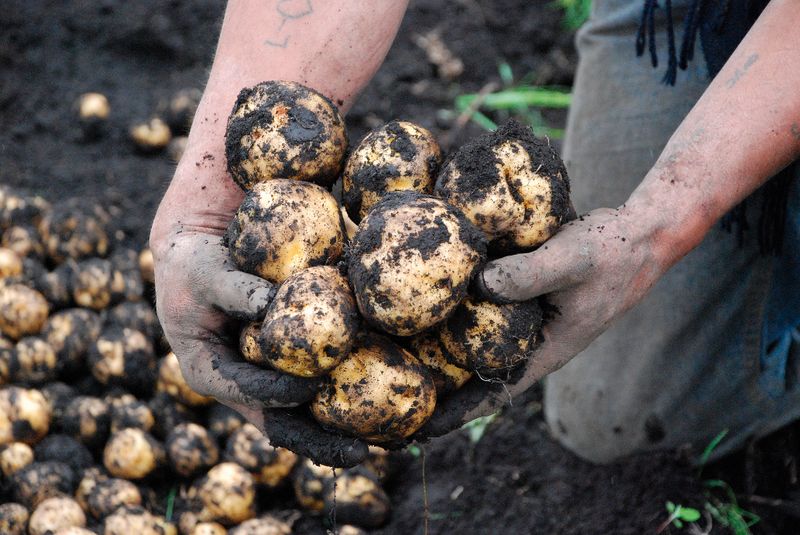
America’s favorite vegetable harbors a chemical secret beneath its earthy skin. Conventional potatoes contain chlorpropham, a sprout inhibitor banned in the European Union but still widely used on U.S. potatoes, with residues appearing in approximately 90% of tested samples.
Farmers also apply fungicides and pesticides directly to soil during growing, which the potatoes absorb through their skin. These chemicals can penetrate deep into the flesh, making peeling only partially effective at reducing exposure.
Root vegetables like potatoes are particularly concerning because they grow directly in soil treated with pesticides. When buying conventional, choose organic potatoes for dishes where the skin is consumed, such as potato skins or smashed potatoes, to minimize chemical exposure.
13. Bell Peppers’ Toxic Toll
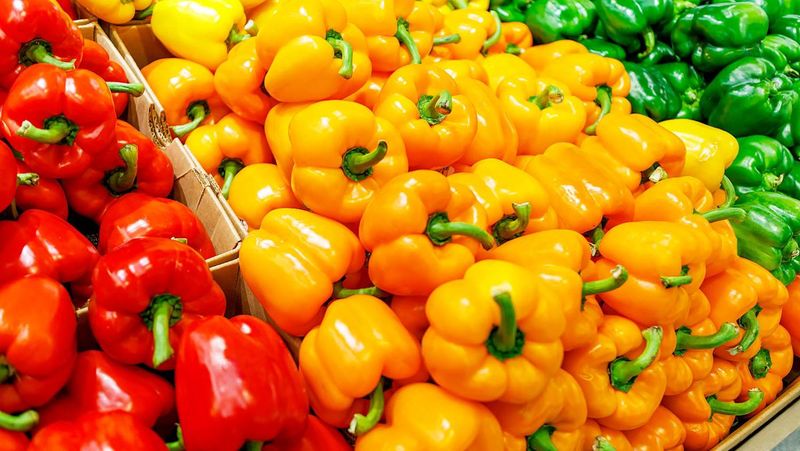
Colorful bell peppers brighten meals but may deliver unwanted chemical additions. These popular vegetables frequently carry residues of insecticides and fungicides, including several linked to developmental and reproductive harm.
Their thin skins provide little barrier against chemicals, which can penetrate into the flesh. The hollow interior creates a perfect environment for pesticides to concentrate, especially around the stem and seed areas. All colors of bell peppers can be contaminated, though green peppers (harvested before ripening) typically show fewer residues than fully ripened red, yellow, or orange varieties.
Growing your own peppers is surprisingly easy, even in containers, making them an excellent choice for home gardeners seeking to reduce pesticide exposure.
14. Hot Peppers’ Hidden Hazards
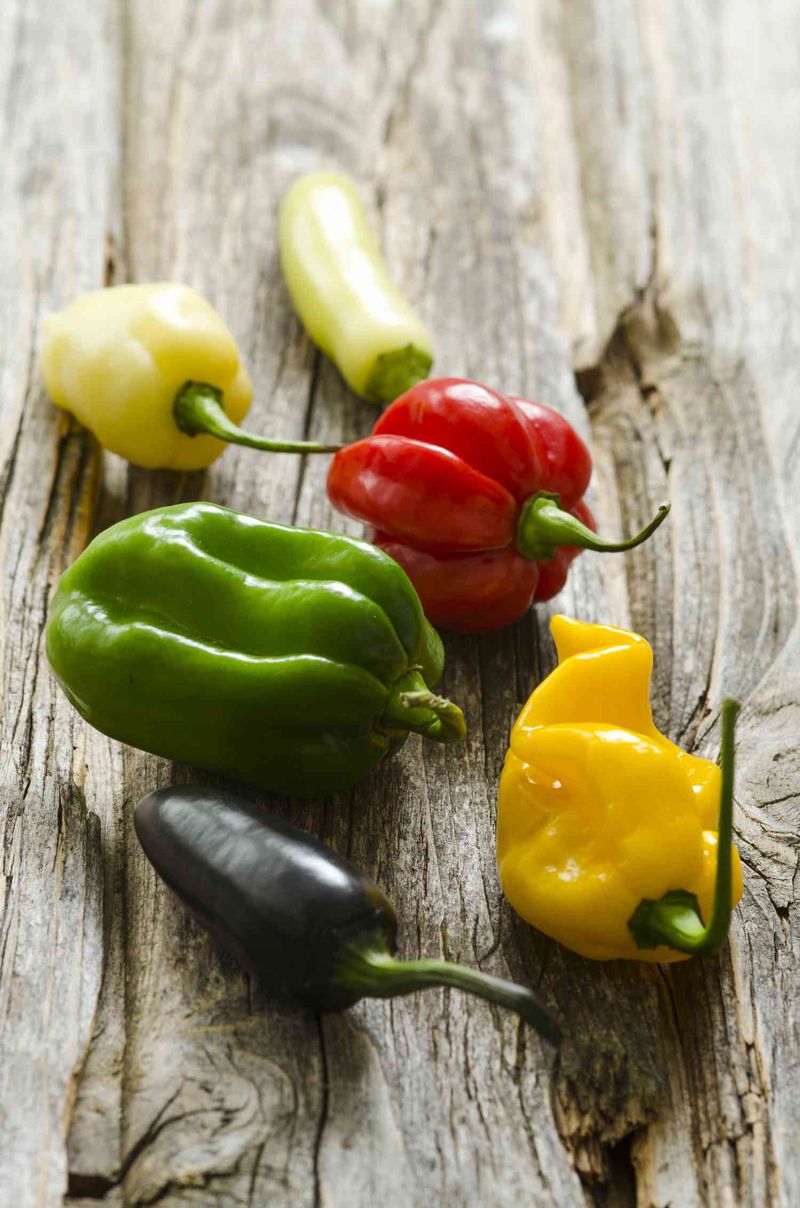
Adding spice to your meals might also be adding unwanted chemicals. Hot peppers consistently test positive for residues from highly toxic pesticides, including acephate and chlorpyrifos – compounds restricted or banned in many countries due to human health concerns.
The waxy surface of hot peppers readily absorbs these chemicals. Their small size and wrinkled areas around stems create perfect hiding spots for residues that washing alone cannot remove.
Particularly concerning is that cooking doesn’t destroy these chemical compounds – it sometimes concentrates them further. When organic hot peppers aren’t available, consider using dried organic varieties or growing your own in containers, as pepper plants thrive even in limited space and produce abundantly.
15. Green Beans’ Growing Concern
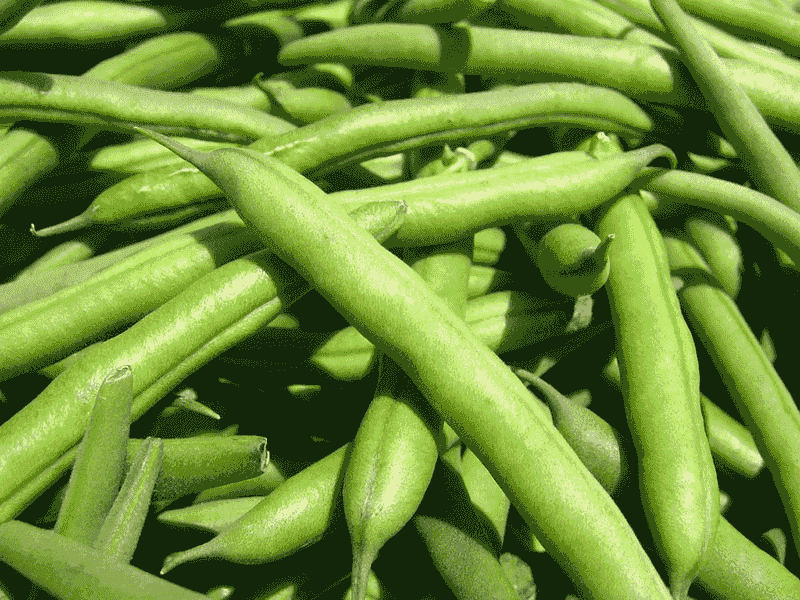
Recent testing of this dinner table staple revealed alarming results. Conventional green beans frequently contain multiple toxic pesticides, with some samples exceeding safety limits established by regulatory agencies.
The beans’ small size and growing conditions make them targets for intensive pesticide applications. Their fuzzy surfaces create numerous microscopic crevices where chemicals can hide, making thorough cleaning difficult. Bean crops are particularly vulnerable to insect damage, leading farmers to apply multiple pesticide treatments.
For safer consumption, choose organic green beans or consider growing your own – they’re one of the easiest vegetables for home gardeners to cultivate, even in limited space, and produce abundantly with minimal care.
16. Celery’s Concerning Chemistry

The crisp, crunchy texture that makes celery perfect for dipping comes with an unwelcome addition. Its porous stalks easily absorb and retain pesticides, making it one of the most contaminated vegetables when grown conventionally.
The structure of celery – with its long, channel-like stalks – creates natural pathways for water and nutrients to travel upward from the soil. Unfortunately, these same channels efficiently transport pesticides applied to soil and leaves.
Unlike fruits with removable peels, celery offers no protective barrier that can be discarded. Children who enjoy celery with peanut butter or ranch dip are particularly vulnerable to these residues. When using celery in soups and stocks, organic varieties are worth the investment for reduced chemical exposure.
17. Tomatoes’ Troubling Treatments

Garden-fresh flavor makes tomatoes a produce favorite, but conventional varieties come with chemical concerns. Farmers frequently treat tomato plants with multiple fungicides and insecticides throughout their growing cycle, creating a complex residue profile.
The fruit’s thin skin provides minimal protection against these chemicals. Their high surface-area-to-volume ratio and tiny hairs on the skin create perfect conditions for pesticide adhesion and absorption. Greenhouse tomatoes typically contain fewer pesticide residues than field-grown varieties.
Home gardening enthusiasts rejoice – tomatoes grow beautifully in containers, making them perfect for patios and balconies. Even a single well-tended plant can produce pounds of chemical-free tomatoes throughout the growing season.
Leave a comment